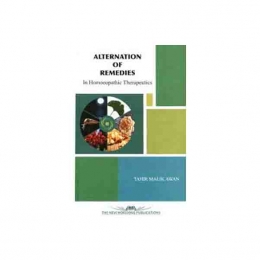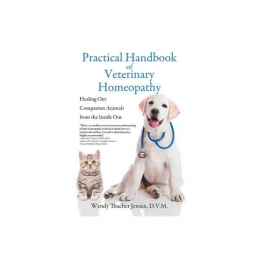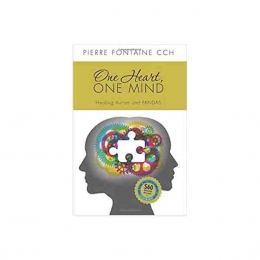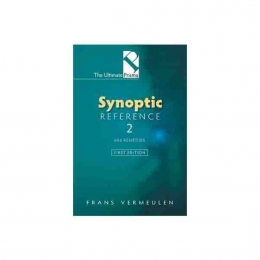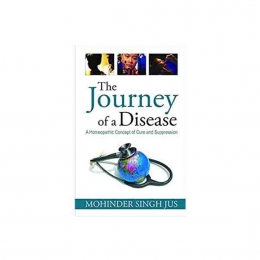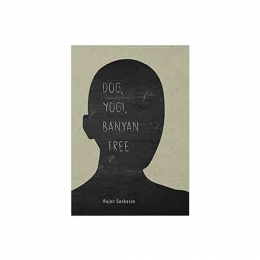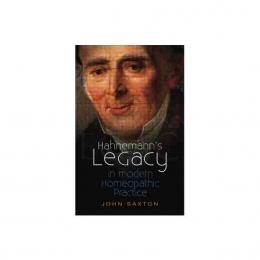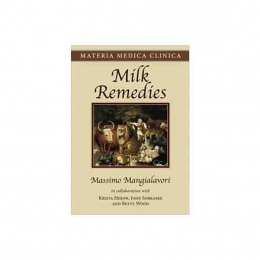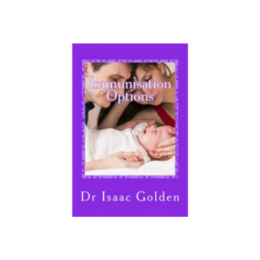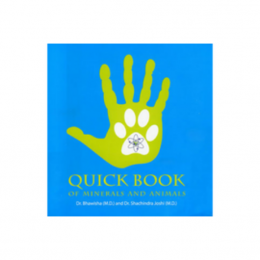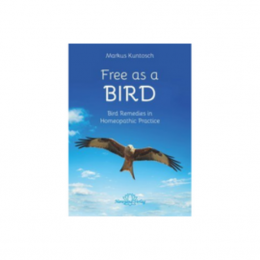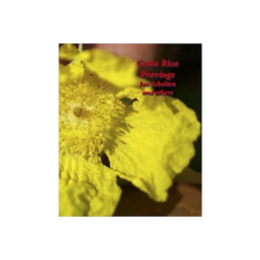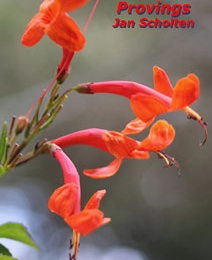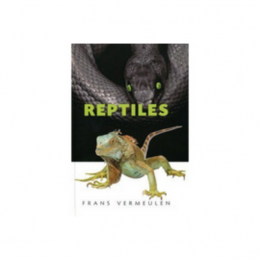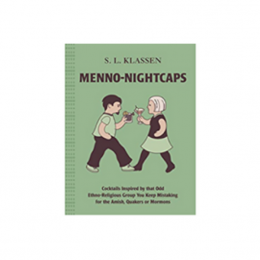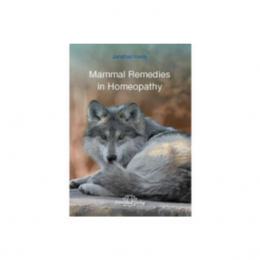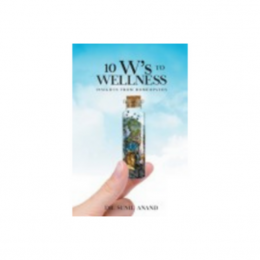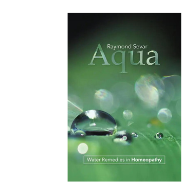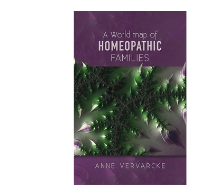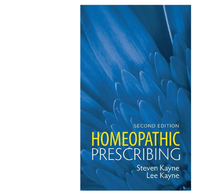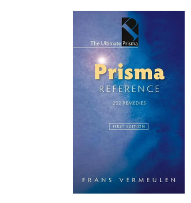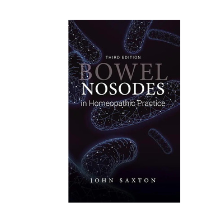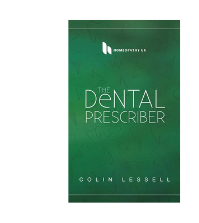Alternation of Remedies In Homoeopathic Therapeutics- Tahir Malik Awan
Homoeopathy is a system of medicine which has penetrated through the world of health and disease as an icon built on solid principles as its foundation. It has proved itself to be worthy of consideration with the other branches of medical science. I do not think that it needs any umbrella, as of alternative medicine. In fact, it is a complete system with its paraphernalia and has its own individual identity, which is being admitted strongly in the last few decades as an art and science.
During the advance study of homoeopathic philosophy one often comes across new enigmas and have wonderful experiences. Alternation of homoeopathic remedies is one of them. In the history of homoeopathic therapeutics, it is a ground reality that there are miracles in single remedy prescription but on many occasions and under undecidable and complicated situations, alternation of remedies is also full of magical results. Various examples of alternations done by renowned homoeopaths could be found as a reference in the introduction and the main part of this book.
Alternation of remedies is a part and parcel of homoeopathic therapeutics. Alternation is not a matter of mixing remedies. It is always giving one remedy at a time and giving other after a lapse of time depending upon the conditions and requirement of the case. I should say that alternation is a cross between two or more required remedies or a point where the tips of these two or even three remedies meet. It is a converging point where the cure meets the disease and sure it is.
Hahnemann has generally advised to give single remedy and strictly prohibited and condemned the prescription of more than one remedy at a time or mixing them altogether. It has never occurred once or mentioned anywhere that he has strongly prohibited the alternation of remedies. Despite the continuous best efforts when we are not getting the required results and the condition of the patient and intuition of the physician is pointing toward alternation then we must not hesitate to alternate.
Hahnemann himself did alternation when he considered it as a necessity, for the betterment of the patient or curing of the disease i.e. be it a miasmatic situation or complications arising from miasmatic complexities.
From the first edition of “Organon of the Rational System of Medicine”, throughout the evolutionary process, till it reaches the zenith of 6th edition of “Organon of Medicine”, Hahnemann’s thoughts had been oscillating between acceptance and rejection of alternation of remedies. I have not done this work to justify the practice of alternation of remedies. It is just an effort to assimilate the scattered therapeutical material, on and about alternation by different legendary homoeopaths in the literature available , from the Hahnemannian era to the present times.
I again emphasize that alternation of remedies should not be adopted as a regular practice. It must be used when its need is inevitable and where the totality is indicating the two or more remedies at a time.

